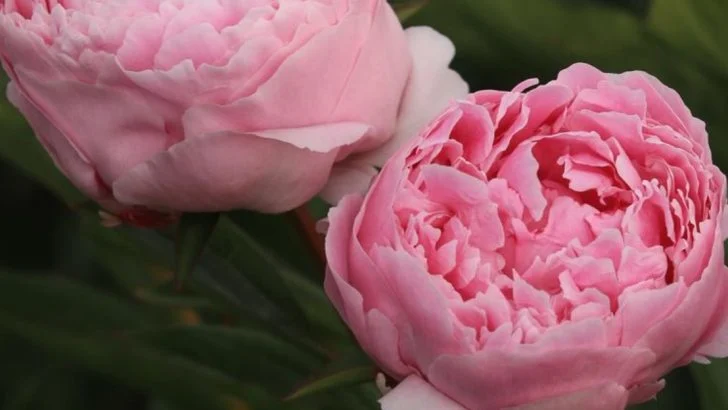I stopped relying on weather apps and planting charts when I realized my own plants were giving me all the signals I needed. Over time, my garden became a kind of living calendar, quietly letting me know when to sow, prune, harvest, or rest.
From the first bloom of comfrey to the yellowing of garlic leaves, each shift marks a task or transition. These 12 plants are more than just beautiful—they’re built-in reminders, tuned to your exact microclimate, not a generic frost date.
In this article, I’ll share how to “read” these plant signals so you can stay in sync with natural timing, reduce guesswork, and garden with more confidence—by letting the plants tell you exactly what to do next.
Daffodils
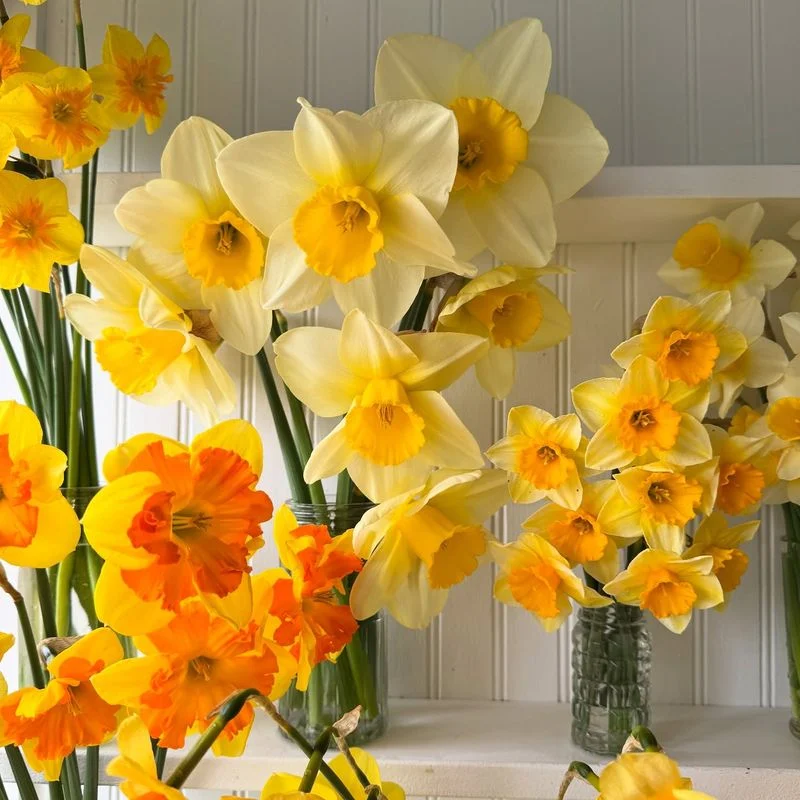
The cheerful arrival of daffodils marks the official start of spring. When these golden blooms appear, it’s time to start planting cool-season crops like lettuce and peas. Their emergence from the soil is a signal that the ground has warmed enough for these early vegetables.
Beyond their role as a seasonal marker, daffodils bring a burst of color that lifts the spirits after a long winter. Their persistent nature provides a reliable reminder that warmer days are on the horizon.
With daffodils in bloom, gardeners can confidently begin their springtime preparations, knowing the frost has finally retreated.
Cherry Blossoms

Cherry blossoms are synonymous with the beauty of early spring. Once these delicate pink and white flowers start to unfurl, it’s a cue to prune rose bushes and fertilize lawns.
Their fleeting beauty serves as a reminder to savor the moment and prepare for the upcoming growing season. The appearance of cherry blossoms often coincides with the last frost, making it a perfect time to ready your garden for more planting.
Taking action during this brief blooming period ensures a lush start to your gardening year.
Forsythia
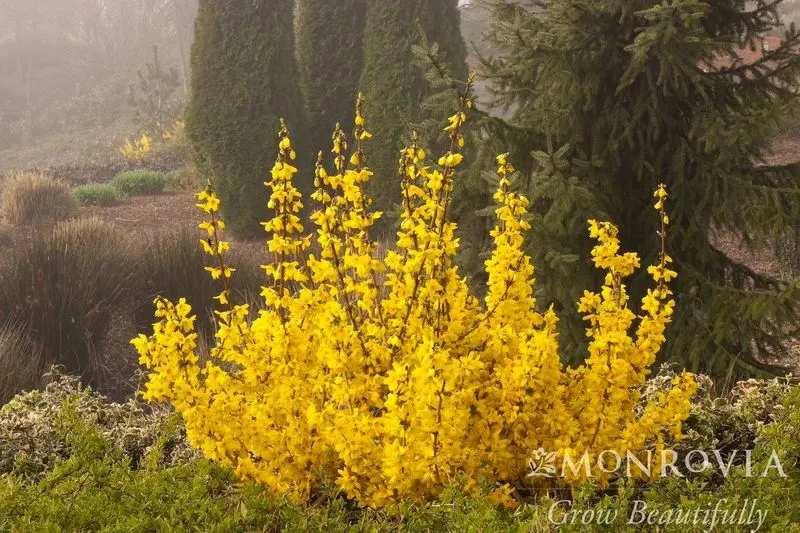
The vibrant yellow of forsythia blooms is hard to miss and marks a pivotal moment in the gardening calendar. It’s a clear signal to start pruning dormant trees and shrubs before new growth begins.
Forsythia’s bold presence indicates that the soil is warming, encouraging gardeners to clean beds and prepare for planting.
This stunning shrub not only heralds the arrival of spring but also motivates gardeners to tackle essential tasks that set the stage for a successful growing season.
Lilacs

Sweetly fragrant lilacs are a beloved symbol of late spring. As these aromatic clusters blossom, they signal the appropriate time to plant warm-season vegetables like tomatoes and peppers.
Lilacs’ heady scent fills the air, creating an enchanting garden atmosphere and encouraging outdoor activities.
Their blooming period is also an indicator to check for pests and diseases, ensuring plants are healthy and thriving. With lilacs in bloom, garden activities shift to nurturing and protecting burgeoning growth.
Peonies
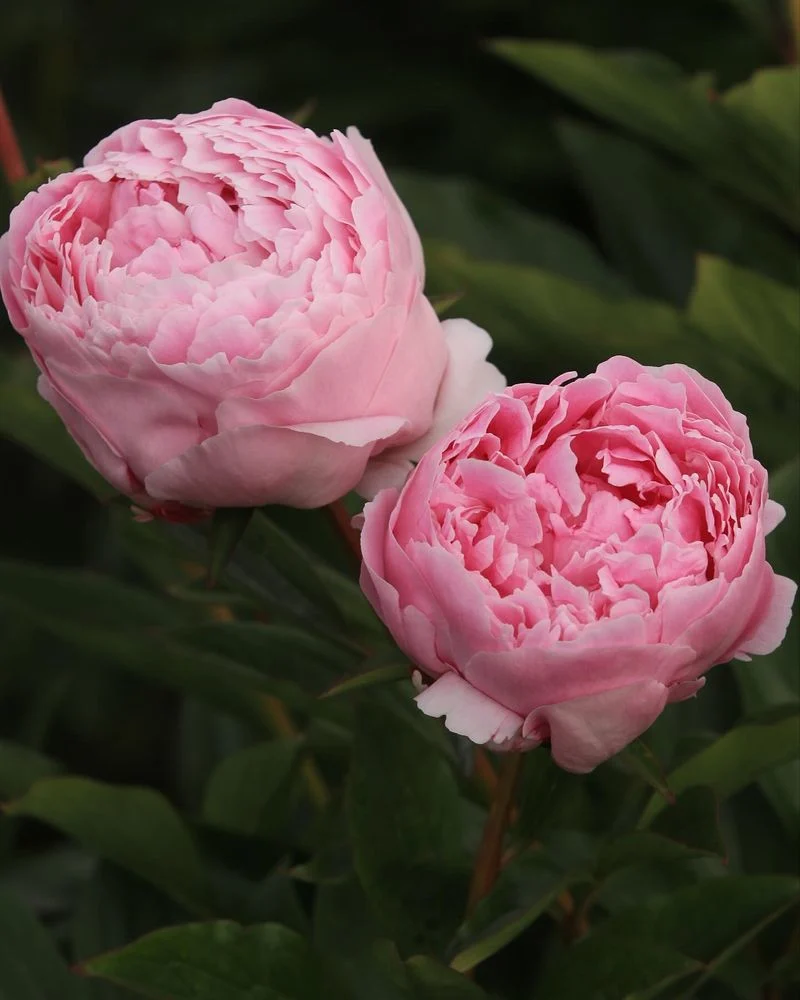
The lush blooms of peonies signal the onset of summer. When these vibrant flowers open, it’s time to start planting summer bulbs like gladiolus and dahlias.
Peonies’ grandeur and elegance add drama to any garden, making them a focal point during their brief flowering period.
As they thrive, gardeners are reminded to stake taller plants and monitor water needs. Peonies encourage a proactive approach to garden maintenance, ensuring a thriving summer display.
Lavender
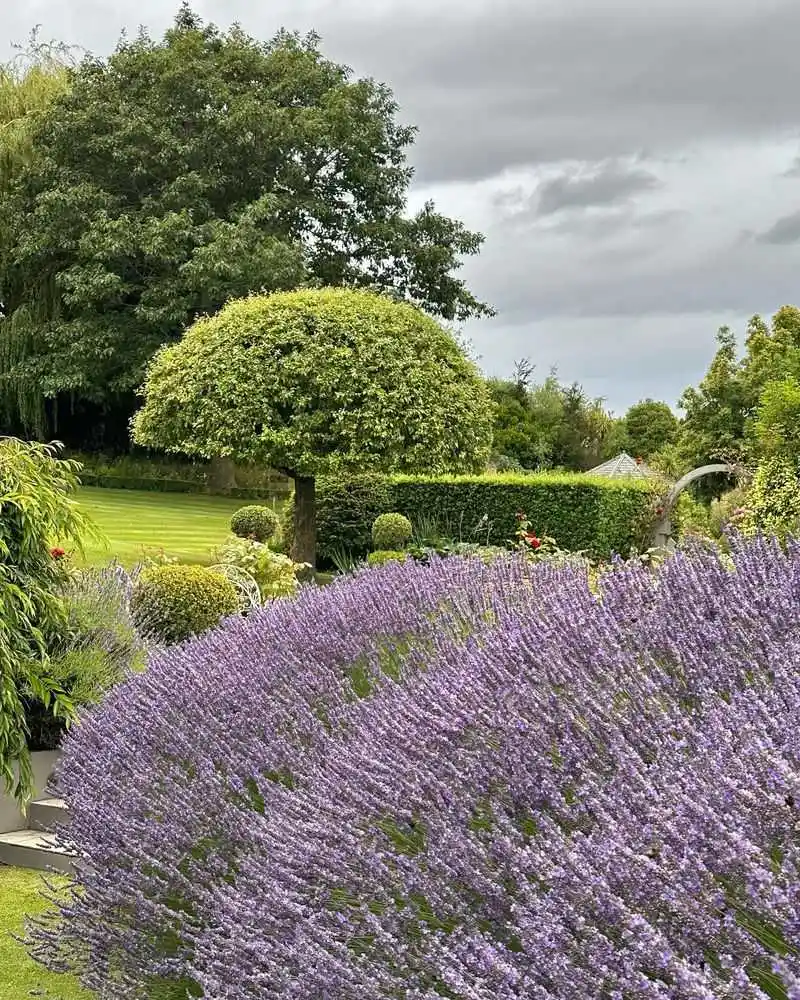
Lavender’s aromatic blooms are the hallmark of mid-summer. As these purple stalks reach their peak, it’s time to harvest herbs and start drying them for winter use.
Lavender’s calming presence not only attracts pollinators but also invites gardeners to relax and enjoy the fruits of their labor.
This period of abundance is the perfect opportunity to assess and plan for the next planting cycle, keeping the garden productive all year round.
Sunflowers
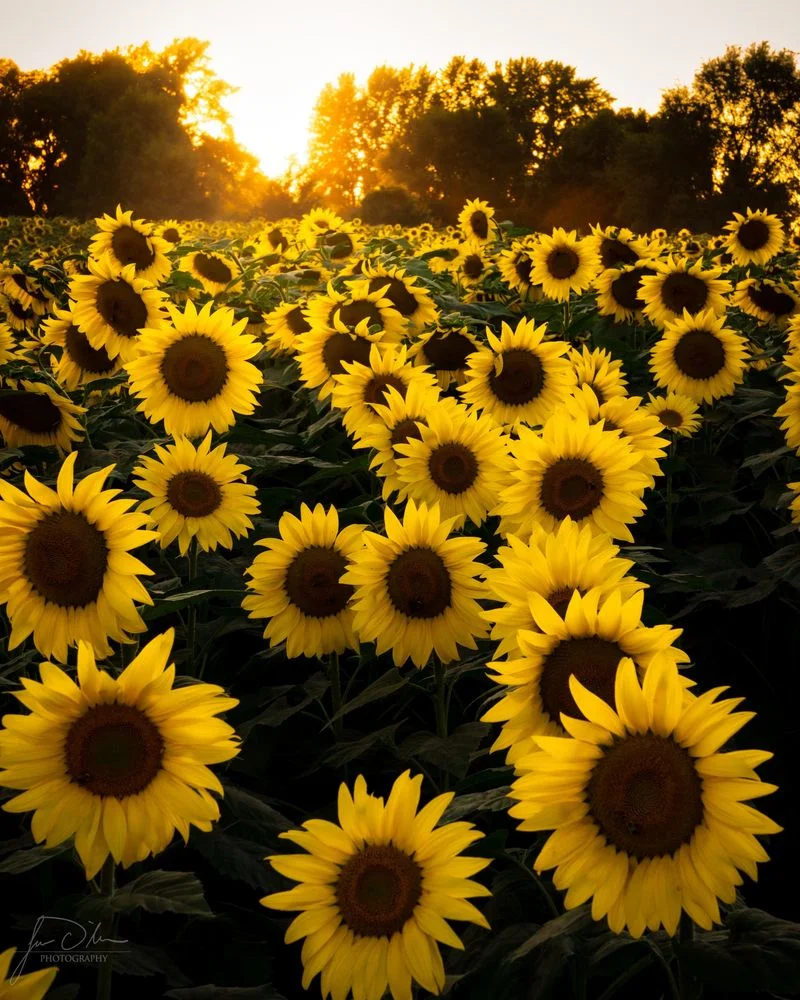
Sunflowers standing tall in the garden indicate that late summer has arrived. Their sunny disposition suggests it’s time to harvest summer crops and start preparing the garden for fall planting.
As these towering flowers track the sun, they inspire a sense of optimism and energy, much needed during the busy harvest season.
Sunflowers also serve as a living calendar, reminding gardeners to save seeds for next year’s planting, promoting sustainable gardening practices.
Hydrangeas
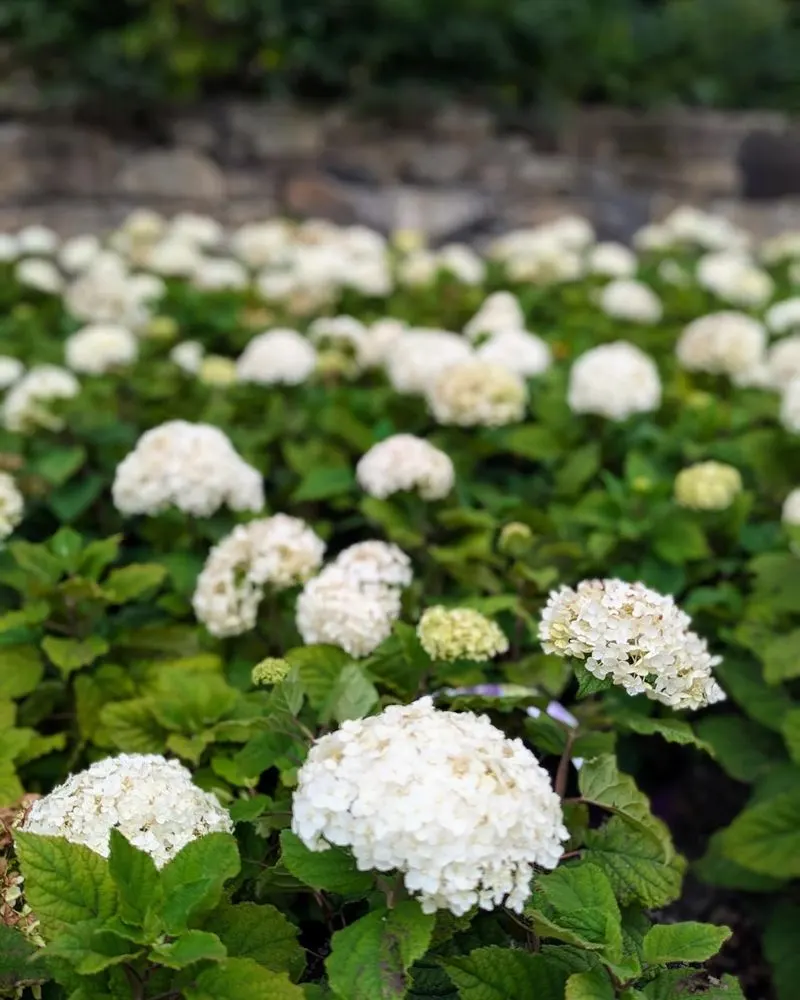
As summer wanes, hydrangeas burst into bloom, signaling a shift to late summer tasks. Their vibrant colors indicate it’s time to divide perennials and plant fall-blooming bulbs.
Hydrangeas’ adaptability to different soil conditions offers a lesson in resilience, encouraging gardeners to experiment and diversify plantings.
Their blooms also prompt an assessment of soil pH and nutrients, ensuring optimal conditions for future growth. The presence of hydrangeas signifies a period of transition in the garden.
Marigolds

The appearance of marigolds marks the approach of autumn. These vibrant flowers signal that it’s time to start planting cool-season crops and prepare for the cooler weather.
Marigolds’ natural pest-repelling properties make them invaluable companions in the vegetable garden, protecting tender plants.
Their sunny colors provide a cheerful contrast to the fading summer blooms, reminding gardeners to embrace the changing seasons and new opportunities for growth.
Chrysanthemums
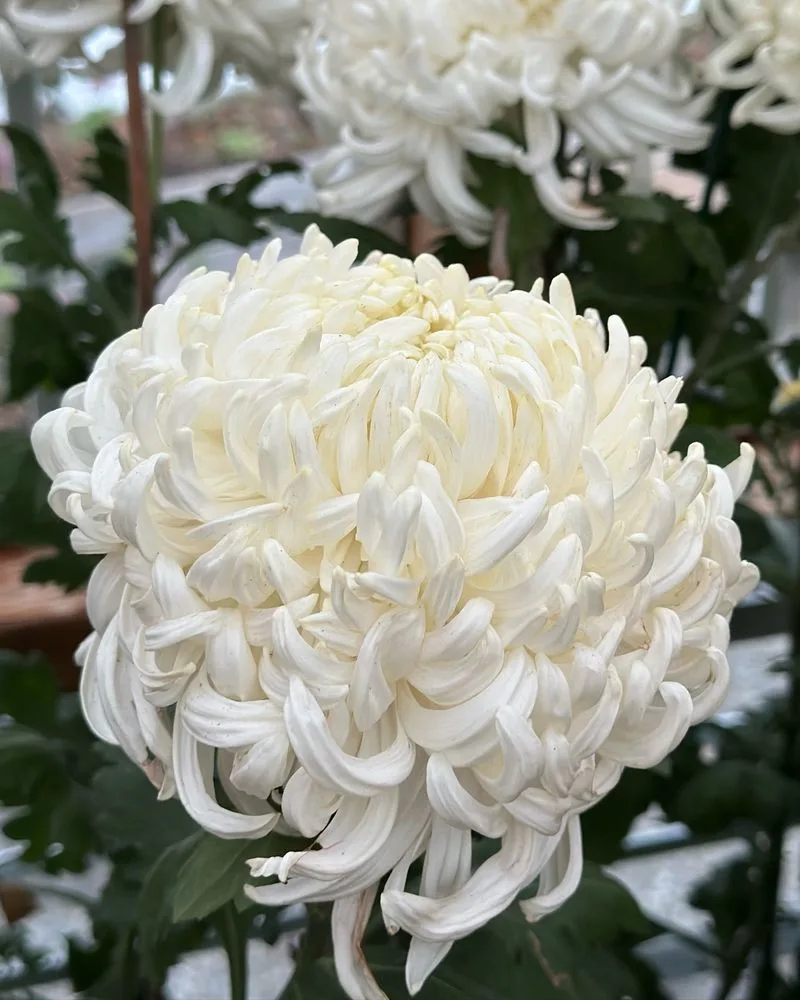
Chrysanthemums, or “mums,” are the quintessential fall flowers. Their appearance heralds the full arrival of autumn and is a cue to start planting spring bulbs and mulching gardens.
With their rich hues and diverse forms, chrysanthemums add a burst of color to the garden, making them a staple for fall displays.
Their presence also serves as a reminder to tidy up garden beds and prepare perennials for winter, ensuring a tidy transition into the dormant season.
Elderberries
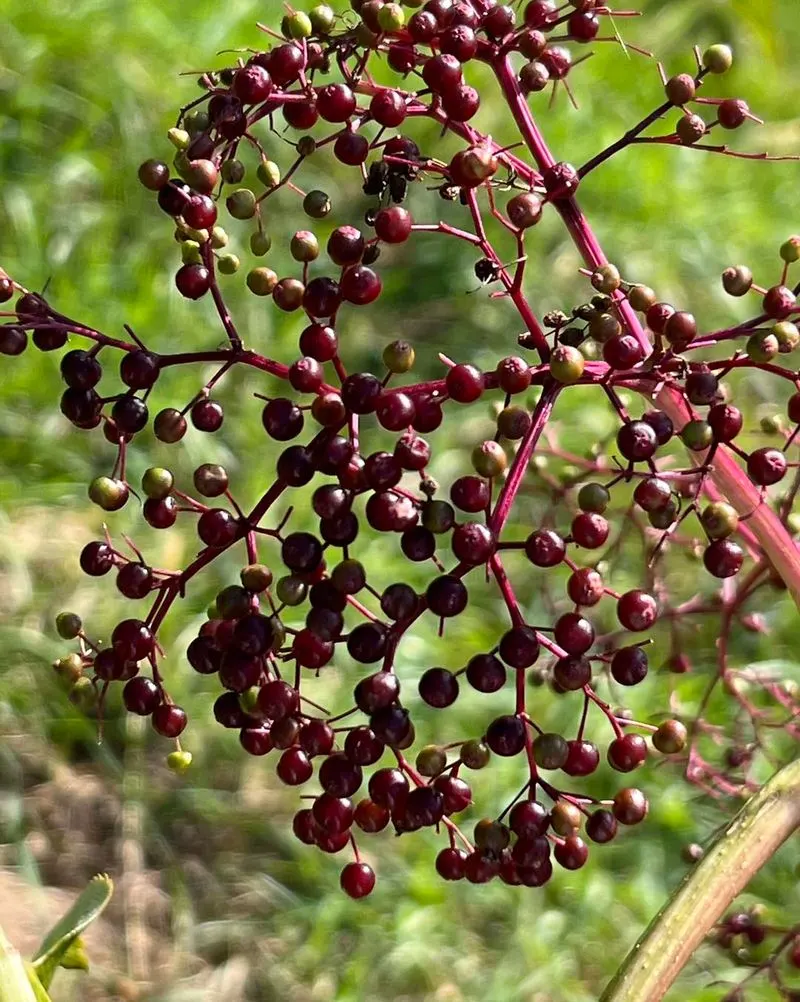
The ripening of elderberries signals that autumn is fully underway. These dark, glossy berries indicate it’s time to harvest late-season fruits and begin preserving them for winter.
Elderberries’ rich history and medicinal properties offer a connection to traditional gardening practices, emphasizing sustainability.
Their presence in the garden encourages a focus on food preservation and self-sufficiency, key components of a resilient gardening strategy.
Holly
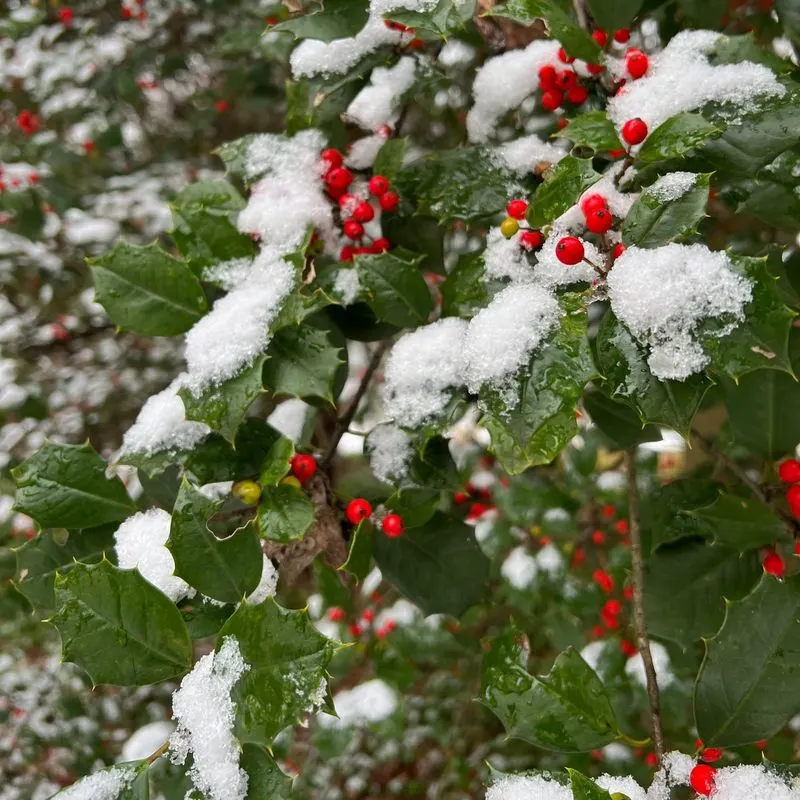
As winter approaches, the bright red berries of holly bushes become a festive garden feature. Their appearance indicates it’s time to focus on protecting plants from frost and planning for the upcoming spring.
Holly’s evergreen nature provides structure and color during the dormant months, serving as a reminder of the resilience of nature.
This is also the season to review the year’s successes and challenges, setting goals for a more productive garden in the year to come.

